 214 Lafayette Street, #TH (Douglas Elliman)
214 Lafayette Street, #TH (Douglas Elliman)
New York City has long been a hub for super-prime ($10 million+) and ultra-prime ($25 million+) real estate markets. Despite a sharp decline during the pandemic, these markets have nearly returned to their peak sales figures from 2016. This article explores why the city's robust super- and ultra-prime real estate markets matter to all New Yorkers, not simply those who can afford to invest in luxury properties.
In this article:
New York City’s super-prime market
According to Frank Knight’s 2024 Wealth Report, globally, the number of ultra-high net worth individuals (UHNWI) grew 4.2% year-over-year in 2023, reversing the prior year's decline. According to the report, a robust performance of the U.S. economy and a sharp uptick in equity markets helped wealth creation globally. North America led the increase in the number of UHNWIs, growing 7.2% annually to 318,220 individuals, or 40% of the total number of UHNWIs globally. However, the higher cost of debt led to a decline in super-prime sales in high-end markets. The report shows that in 2022, luxury sales in London, New York, Dubai, Singapore, Hong Kong, and Sydney saw sales fall by an average of 37% year-over-year.According to CityRealty data, super-prime and ultra-prime sales in New York fell 30% in 2023 versus 2022. While the ultra-prime market still reported its fourth-best year on record, sales between $10M and $24.9M fell by over one-third. Despite several recent blockbuster deals on Billionaires Row closing halfway through 2024, the city's ultra-luxury market is seeing a slight dip in activity versus 2023, with 80 super-luxury sales and 13 ultra-luxury sales closed year-to-date.
Vickey Barron, a licensed real estate agent at Compass and the number two broker in 2018 by transaction volume, explains that while the city's super-prime market is not as robust as in past years, she is seeing an uptick in activity because New York and its high-end properties have few parallels elsewhere. "They will pay what they want when they see a product that cannot be duplicated down the block," she says. "It's all about value. That's why they are uber-successful—because they focus on value."
"It's all about value. That's why they are uber-successful — because they focus on values" — Vickey Barron, Licensed Associate Real Estate Broker at Compass
145 Reade Street, # (Compass)
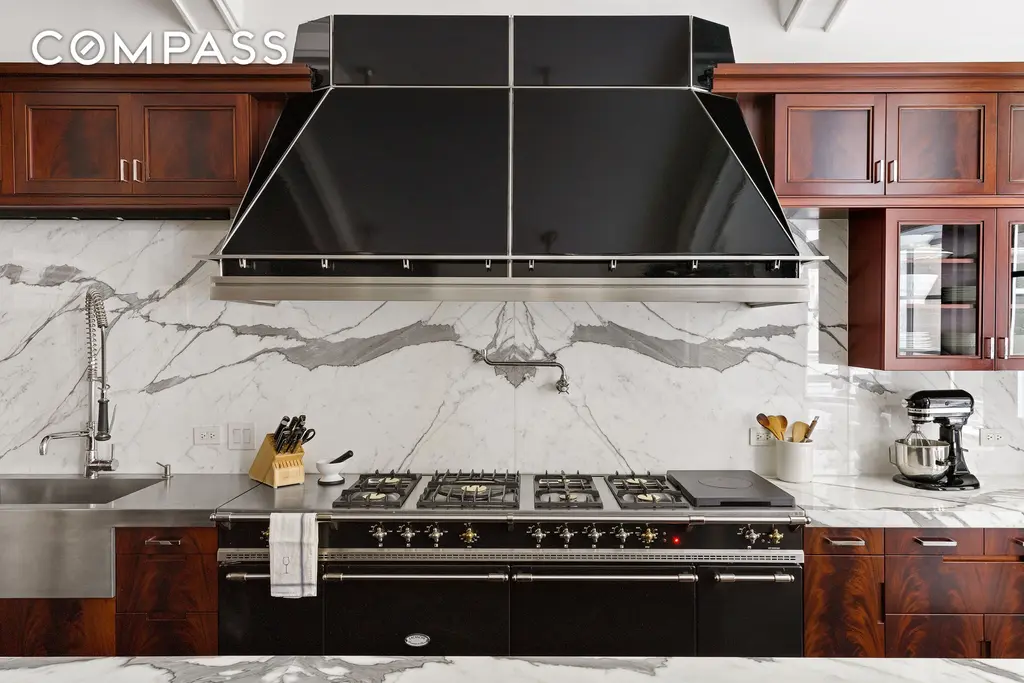
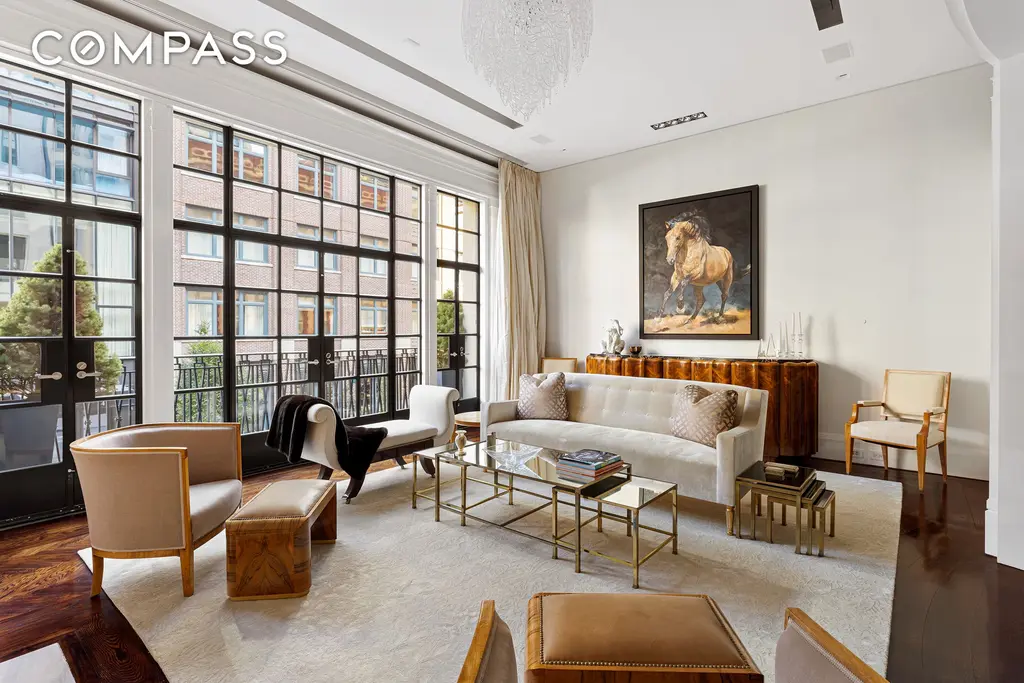
Why the super-prime market matters to everyone
Even if most New Yorkers will never own or rent a home on the super-prime or ultra-prime market, the strong performance of these markets matters more than one might assume. It primarily boils down to the taxes the owners of these properties contribute to the local economy. Barron observes, "They wouldn't be spending money here if we didn't have the product — those buyers are generating a lot of taxes for the city from property taxes."
In New York City, roughly 41,000 tax filers in the top 1 percent pay over 40 percent of all income taxes. This is why the departure of many of the city’s wealthiest residents in early 2020 was viewed as cause for alarm. At least one late 2020 study speculated that the loss might end up totaling up to $34 billion.
In the end, the city’s feared tax losses were buffered by two factors. First, many New Yorkers physically left the city but only to live in second homes, so they continued to pay local taxes. Second, many of the New Yorkers who did leave for good were high-income earners, which meant that when their properties eventually sold, the city was able to collect additional mansion taxes on the sales. This also explains why the performance of the super-prime and ultra-prime markets matters to all New Yorkers.
High-net-worth individuals who own but rarely live full-time in the city's super-prime and ultra-prime properties have a disproportionate impact on New York City’s much-needed revenues derived from property taxes. As a result, when the super-prime and ultra-prime markets are doing well, the city itself also stands to benefit, and theoretically, so do all New Yorkers.
Would you like to tour any of these properties?
Just complete the info below.
Or call us at (212) 755-5544
While the tax revenues derived from the sale of super-prime and ultra-prime properties and the ongoing tax revenues derived from the owners of these properties have an impact on the local economy, this isn't the only reason these markets matter. The presence of high-net-worth individuals also supports the local economy on a myriad of other levels ranging from job creation to philanthropy.
"They wouldn't be spending money here if we didn't have the product — those buyers are generating a lot of taxes for the city through property taxes. That's why this market is important for New York" — Vickey Barron
Key items super-luxury buyers are looking for according to Vickey Barron:
1. Space and Quality: Buyers want ample space and high-quality finishes. They prefer wider homes and won't settle for a narrow 17-foot townhouse. Ceiling height is also crucial as they desire volume in their living spaces.
2. Volume over Bedroom Count: Luxury buyers often prefer fewer bedrooms with larger spaces. They are willing to pay more for expansive rooms rather than a higher number of smaller ones.
3. Functional Features: They want practical features like dryers that vent outside and advanced mechanical systems, such as a four-pipe HVAC system. If these features aren't present, they might still buy the property and upgrade the systems themselves.
4. Specific Location Preferences: Some buyers are very particular about their location. Many buyers prefer to be downtown. I have clients who won't go above 14th Street because they view the more organic streets as more vibrant and walkable. They want to be close to everything they enjoy outside of work and avoid long commutes after dinner. For example, the residents of the 20th Street townhouse have lived there for years because they value the ability to walk to grocery stores, hair salons, and other local conveniences.
1. Space and Quality: Buyers want ample space and high-quality finishes. They prefer wider homes and won't settle for a narrow 17-foot townhouse. Ceiling height is also crucial as they desire volume in their living spaces.
2. Volume over Bedroom Count: Luxury buyers often prefer fewer bedrooms with larger spaces. They are willing to pay more for expansive rooms rather than a higher number of smaller ones.
3. Functional Features: They want practical features like dryers that vent outside and advanced mechanical systems, such as a four-pipe HVAC system. If these features aren't present, they might still buy the property and upgrade the systems themselves.
4. Specific Location Preferences: Some buyers are very particular about their location. Many buyers prefer to be downtown. I have clients who won't go above 14th Street because they view the more organic streets as more vibrant and walkable. They want to be close to everything they enjoy outside of work and avoid long commutes after dinner. For example, the residents of the 20th Street townhouse have lived there for years because they value the ability to walk to grocery stores, hair salons, and other local conveniences.
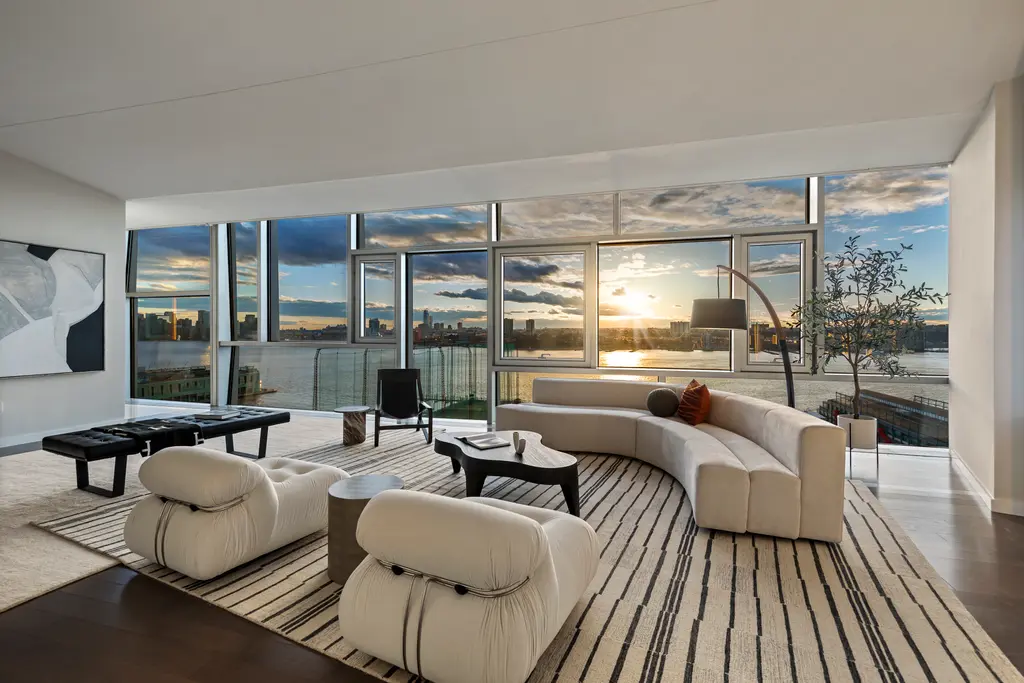
100 Eleventh Avenue, #17B18 (OFFICIAL)
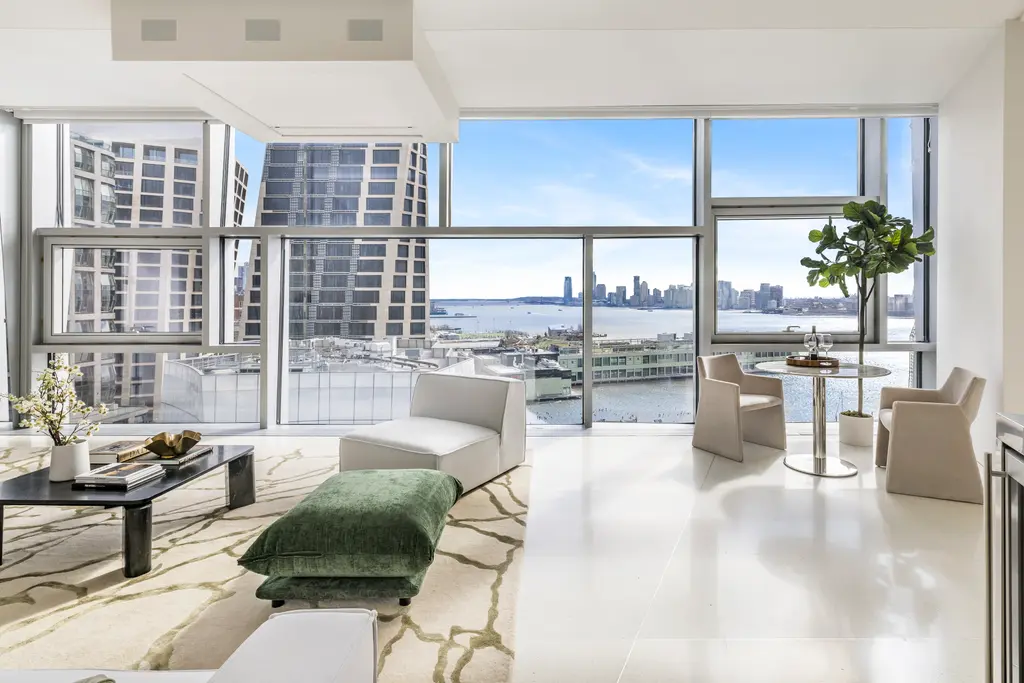
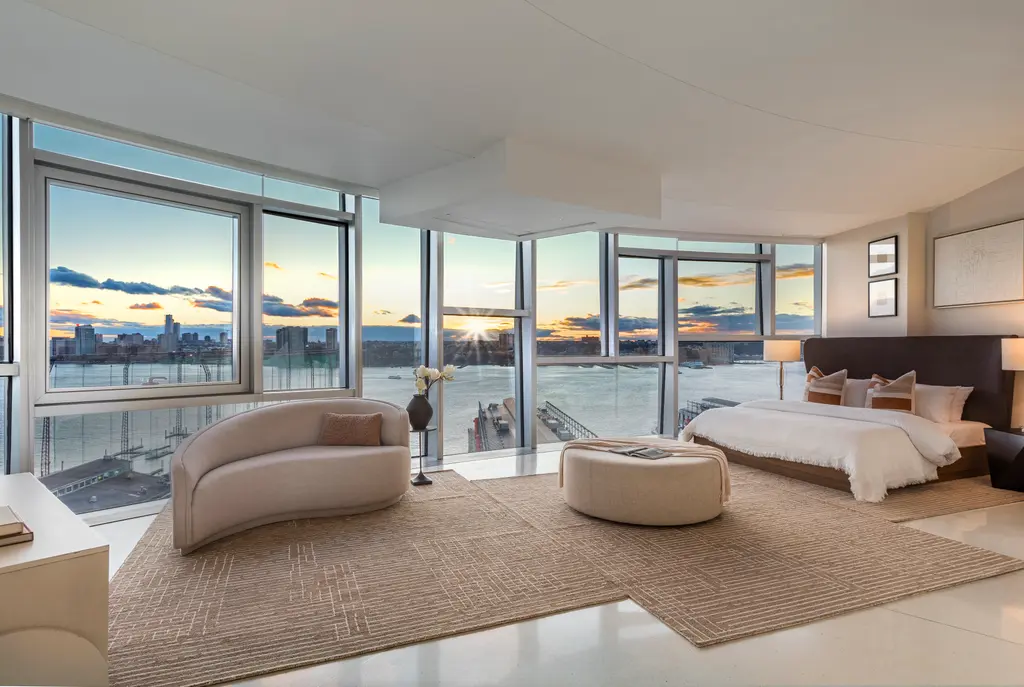
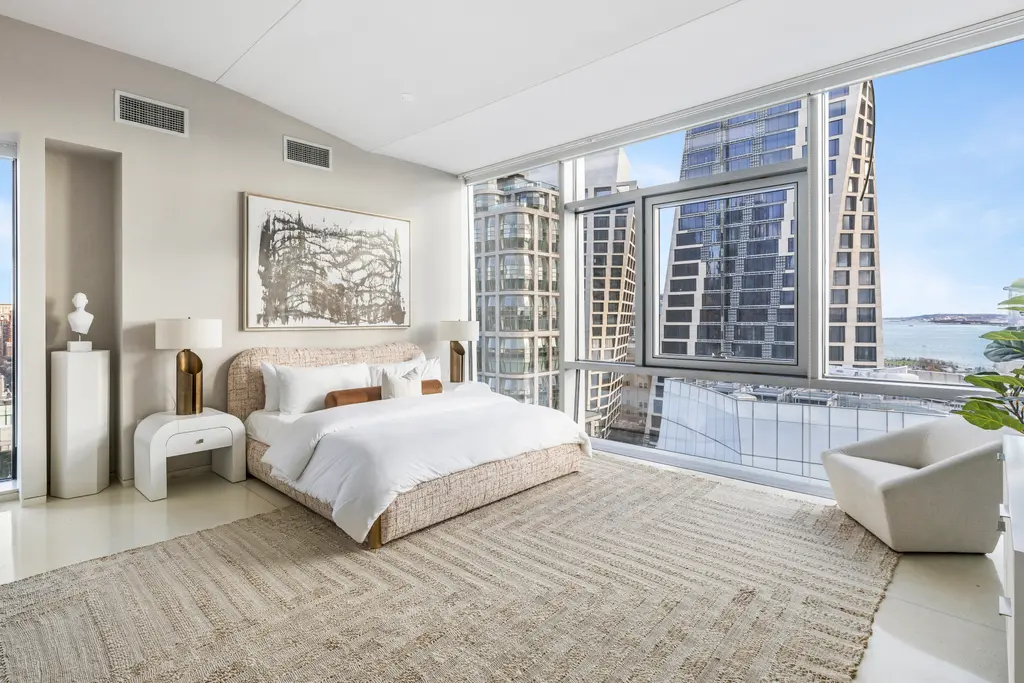
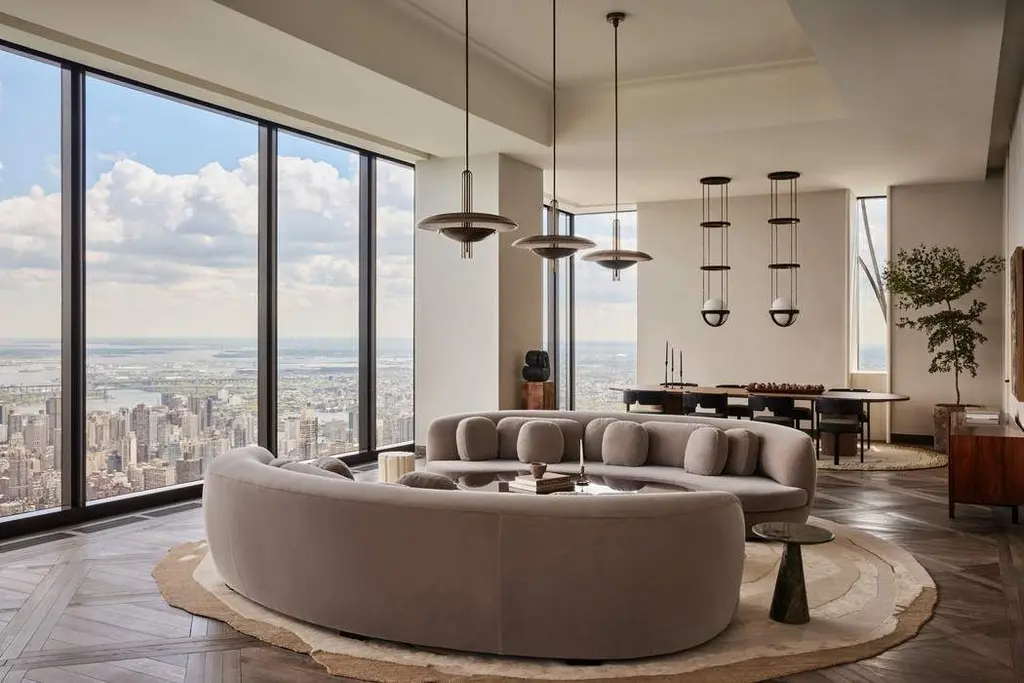
111 West 57th Street, #PH76 (Sothebys International Realty)
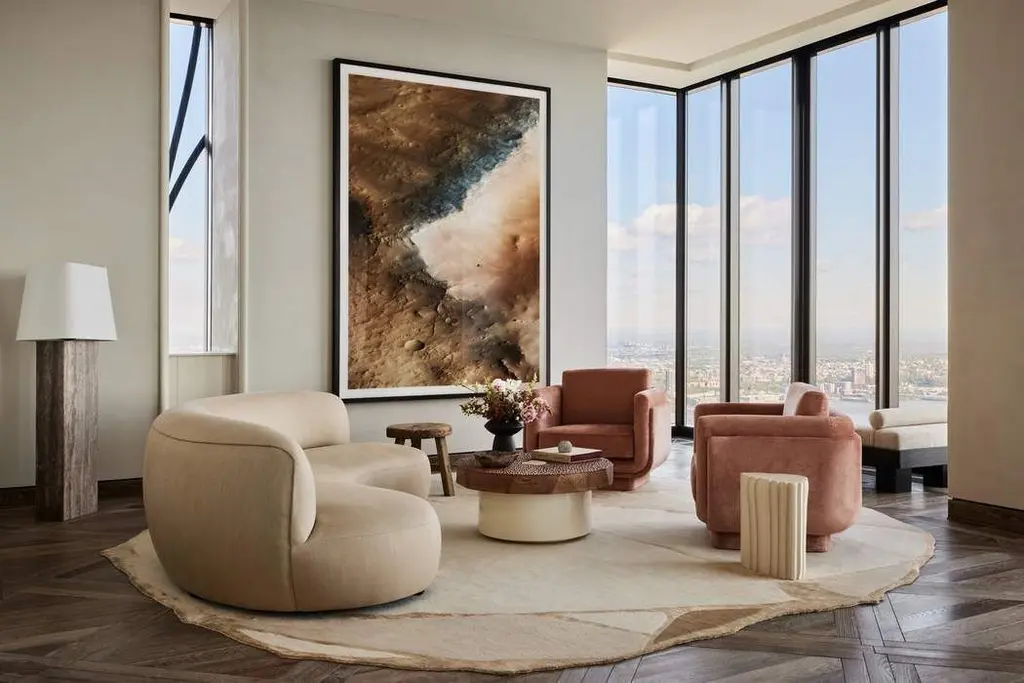
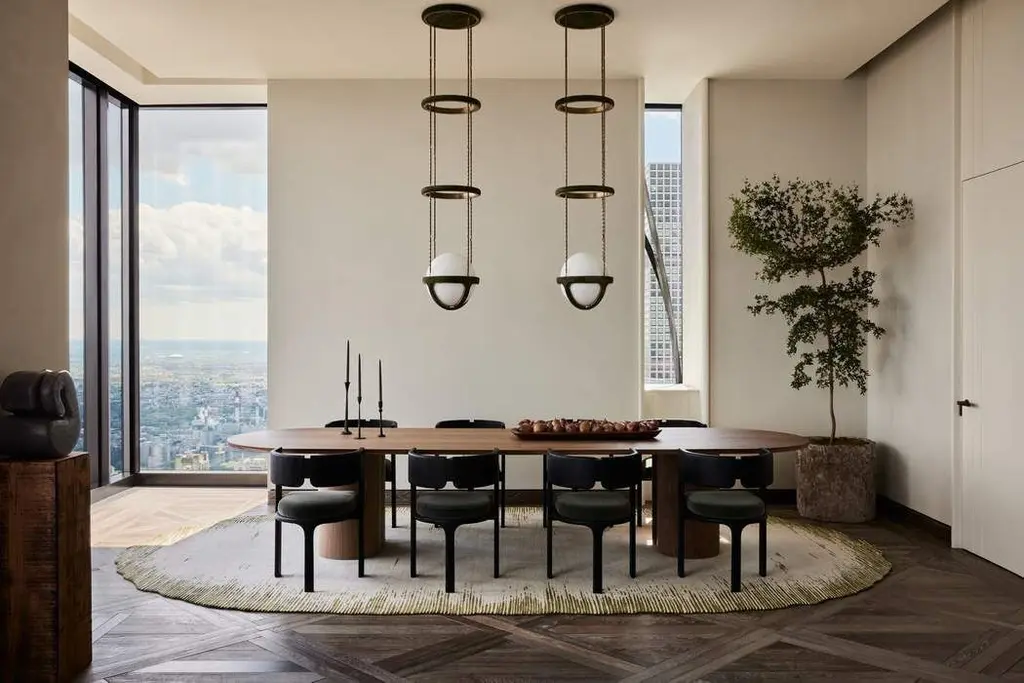
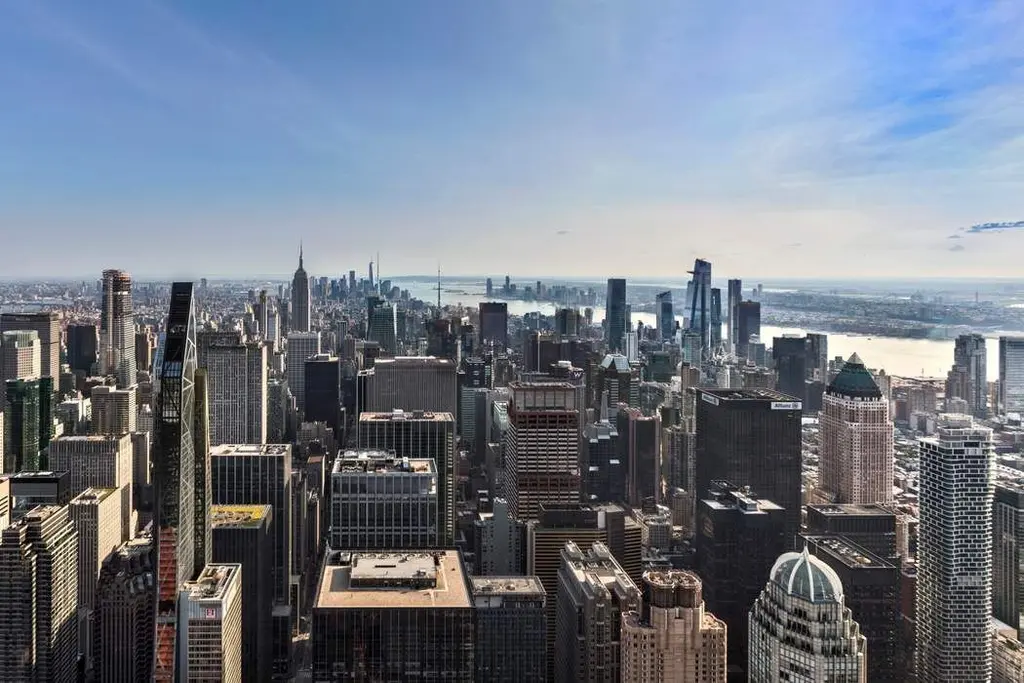
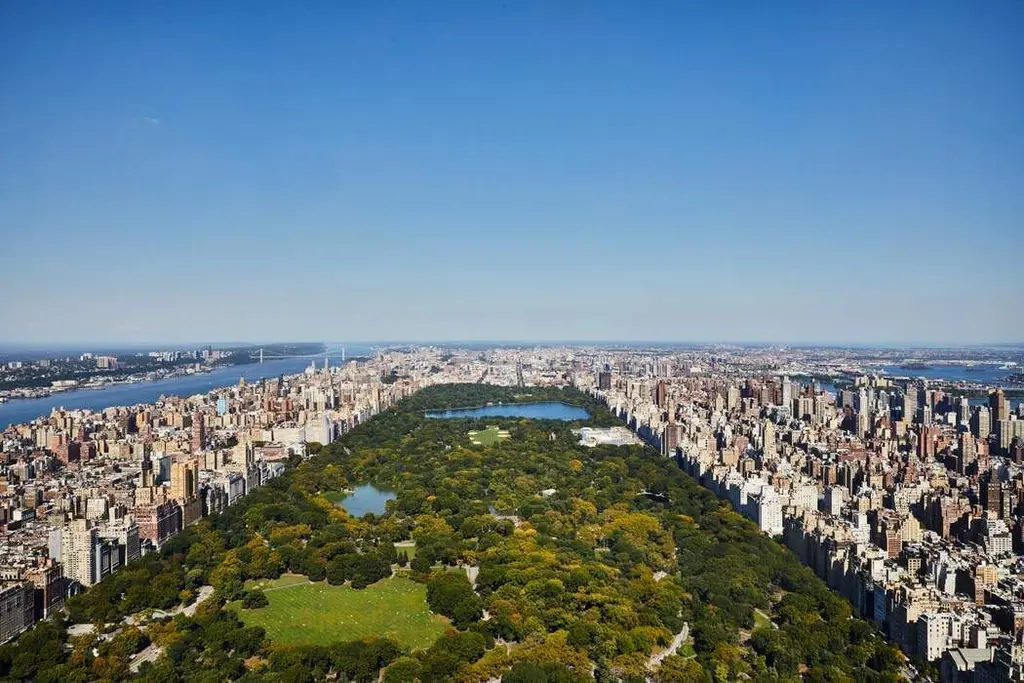
214 Lafayette Street, #TH (Douglas Elliman Real Estate)
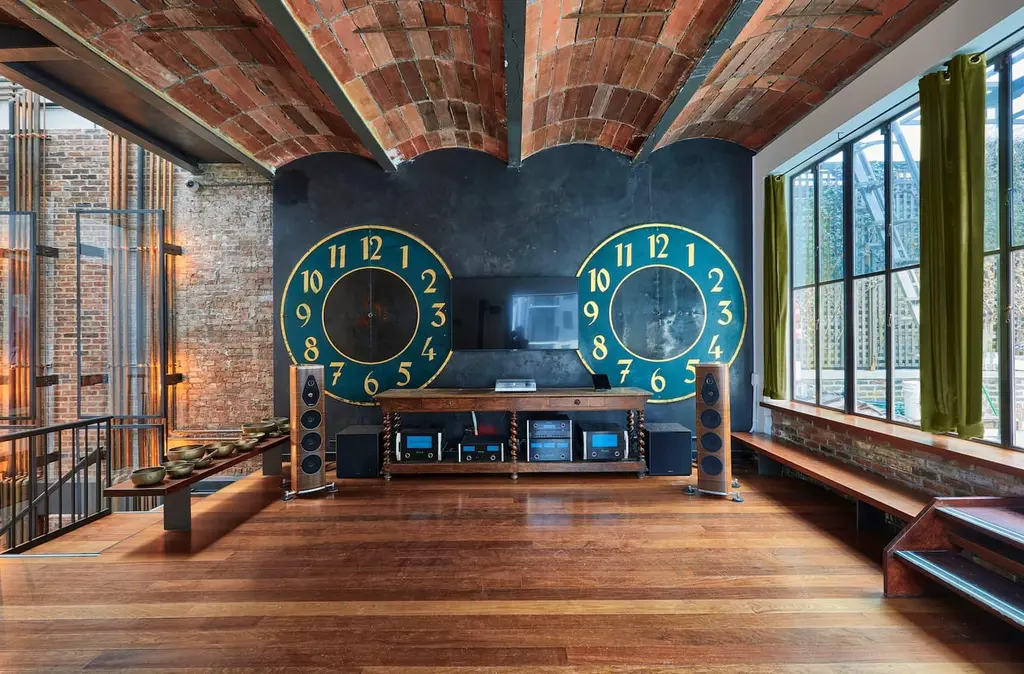
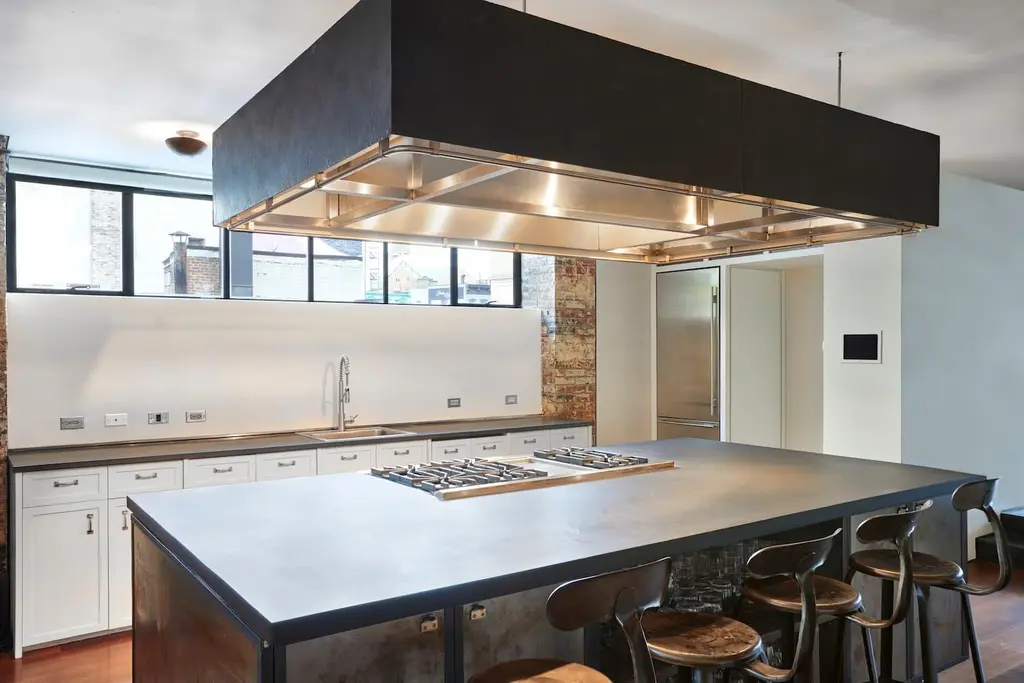
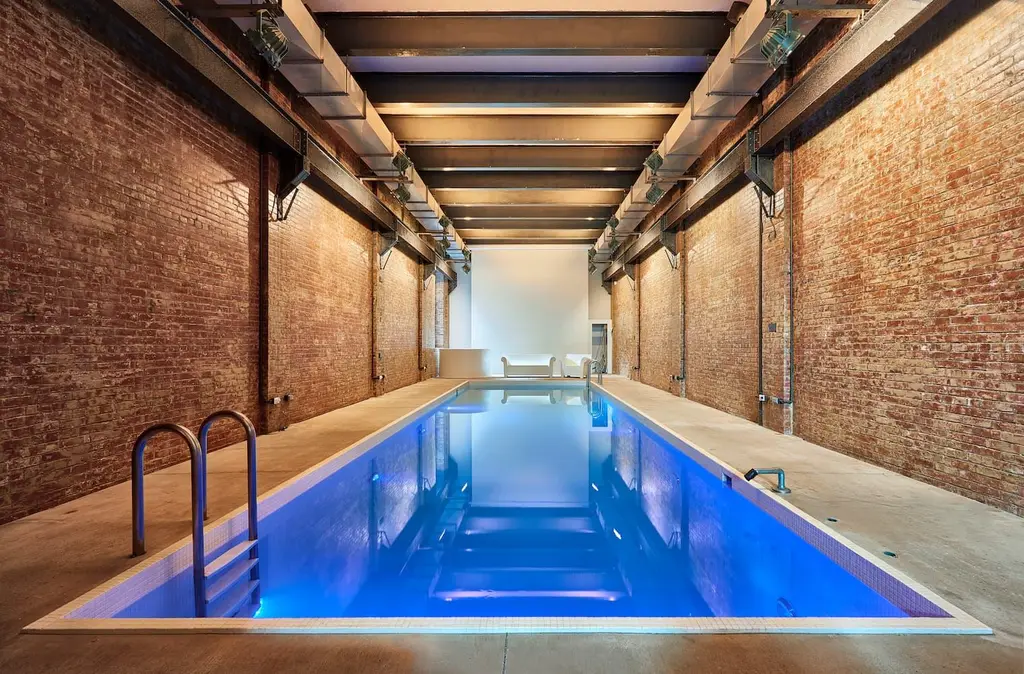
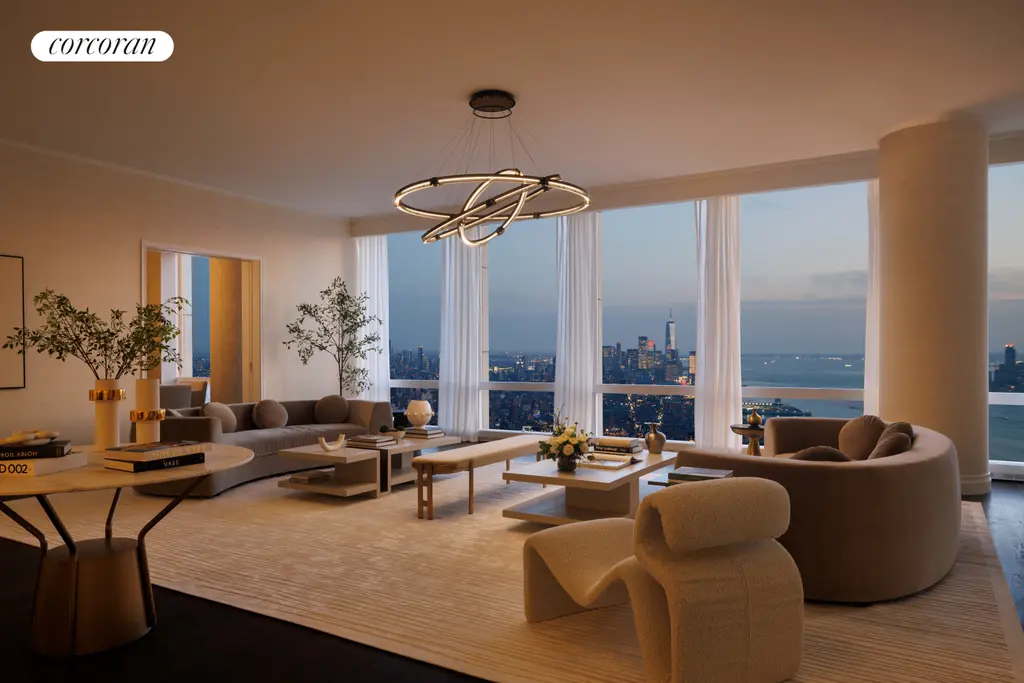
35 Hudson Yards, #8801 (Corcoran Sunshine Marketing Group)
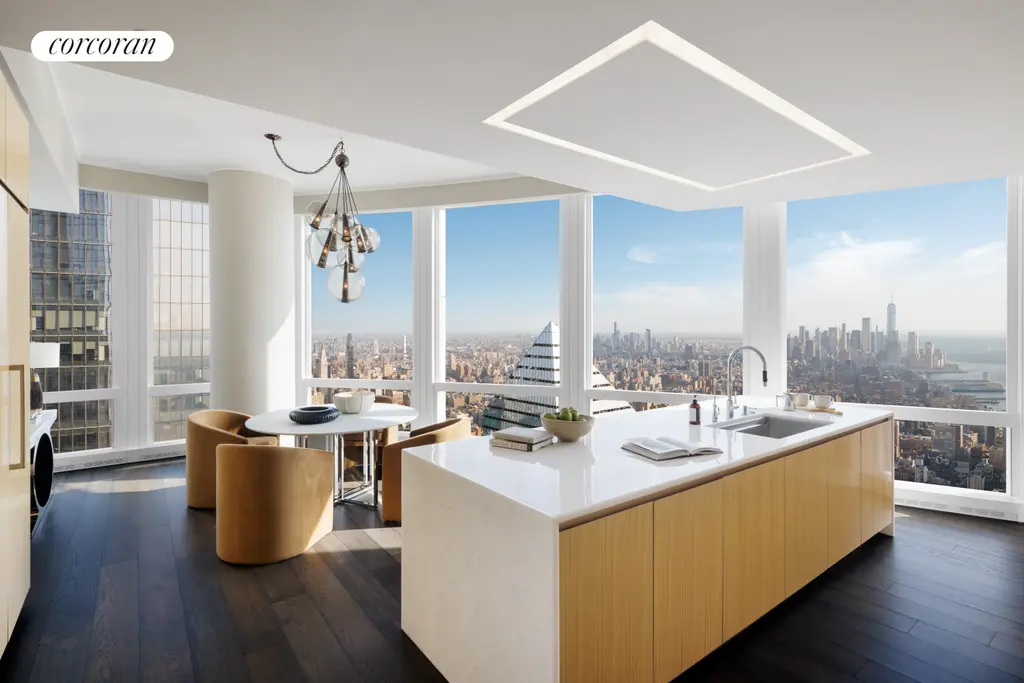
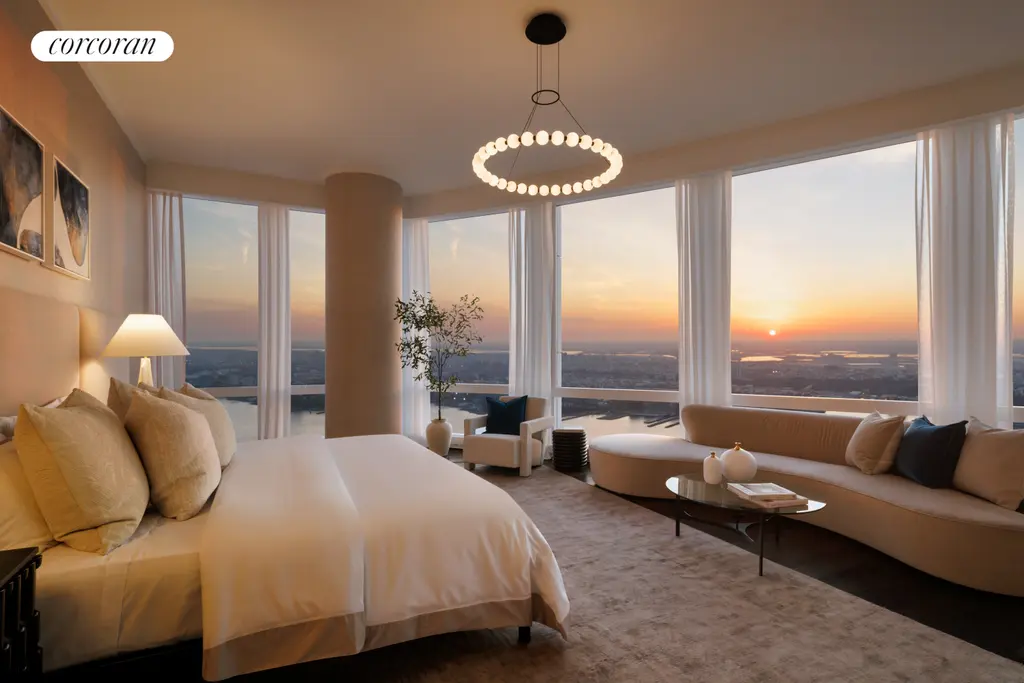
211 East 62nd Street, #TH (Serhant LLC)
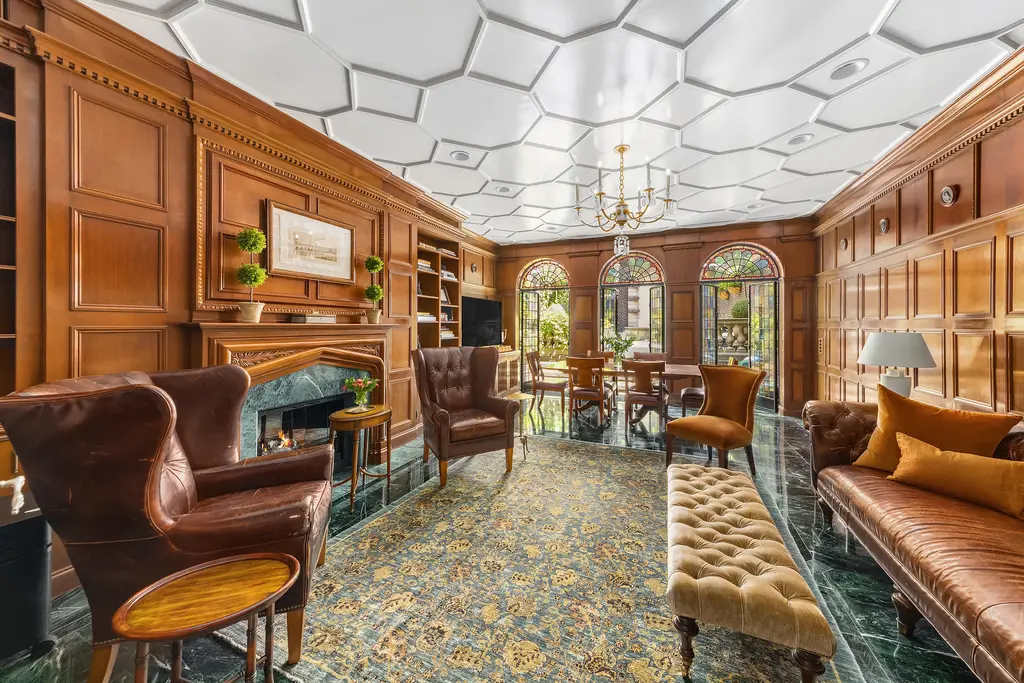
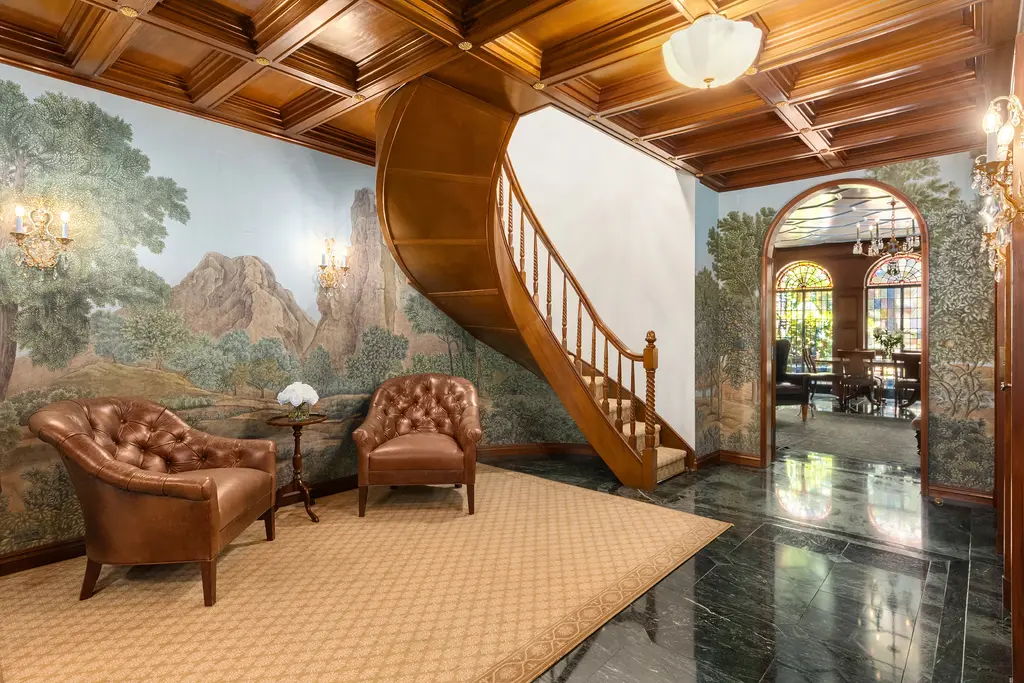
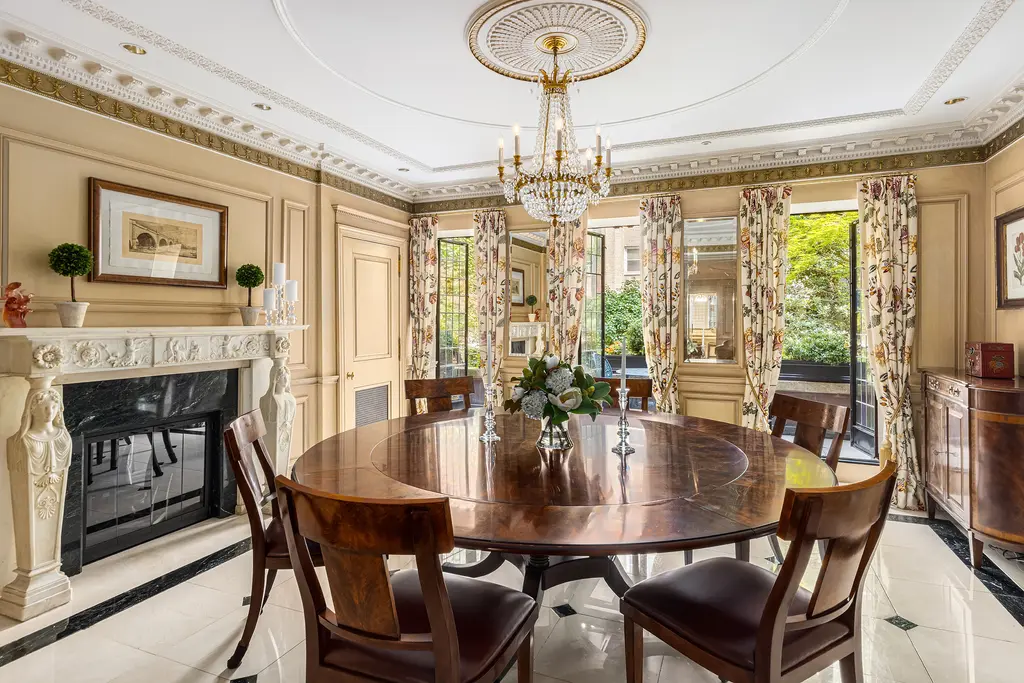
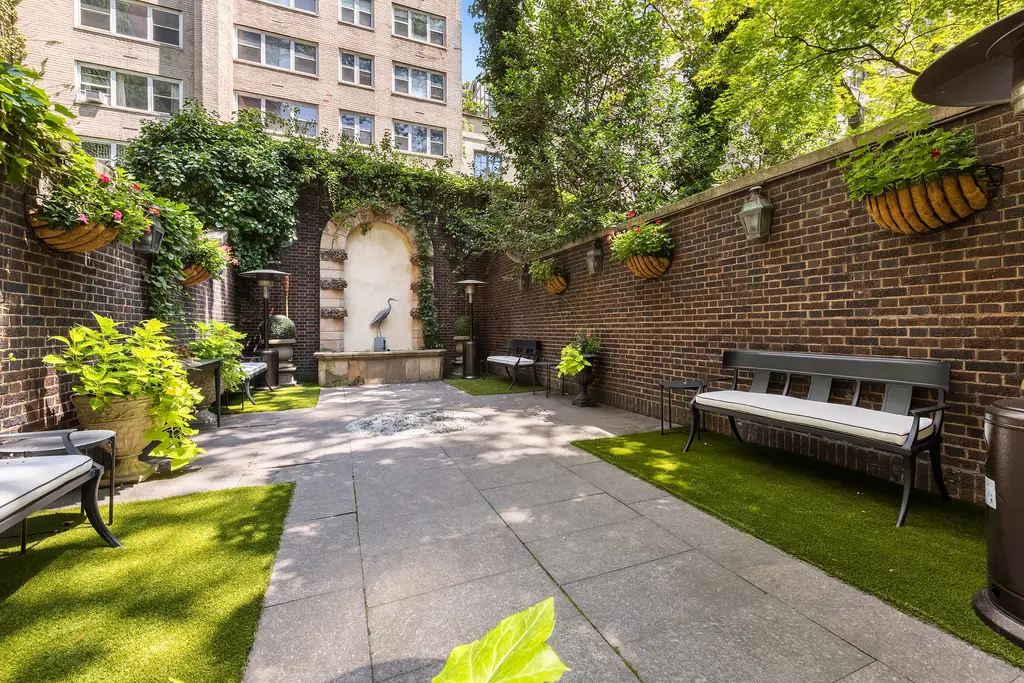
Would you like to tour any of these properties?
Just complete the info below.
Or call us at (212) 755-5544
Would you like to tour any of these properties?

Contributing Writer
Cait Etherington
Cait Etherington has over twenty years of experience working as a journalist and communications consultant. Her articles and reviews have been published in newspapers and magazines across the United States and internationally. An experienced financial writer, Cait is committed to exposing the human side of stories about contemporary business, banking and workplace relations. She also enjoys writing about trends, lifestyles and real estate in New York City where she lives with her family in a cozy apartment on the twentieth floor of a Manhattan high rise.

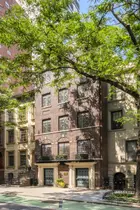
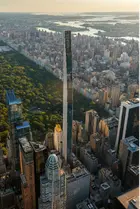
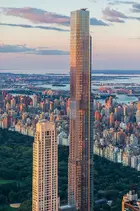
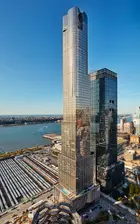
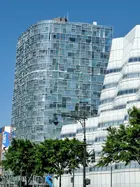

 6sqft delivers the latest on real estate, architecture, and design, straight from New York City.
6sqft delivers the latest on real estate, architecture, and design, straight from New York City.
